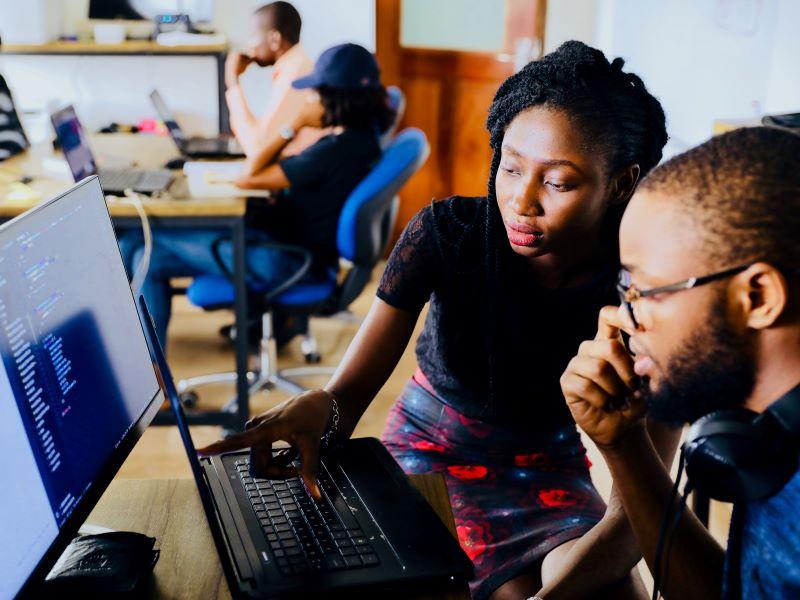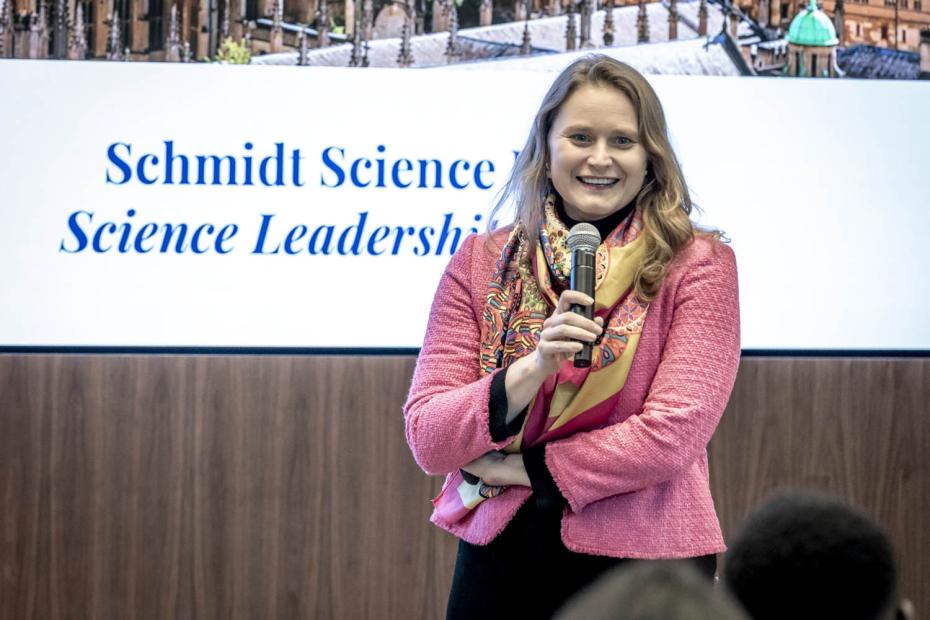Interdisciplinary teaching allows students to see the topics they are taught about through the lens of another discipline. This gives them alternative perspectives, while increasing their awareness of the need for collaboration between disciplines to tackle complex issues. Ideally, it encourages a plurality of voices and expertise, recognising that all are needed.
For decades, business education has presented students with oversimplified, siloed views of our complex and messy world. This narrow lens provides only limited understanding of business’ impact on society and the environment, arguably contributing to the degradation of the socioecological systems in which businesses operate. We also know that meaningful organisational change is rarely the vision of a single individual. It requires practitioners from multiple disciplines to collaborate and engage with diverse perspectives.
This awareness has prompted many educators to question whether we are preparing students to navigate such complexity and multiple viewpoints. And whether we are teaching them to actively seek out and value contributions from different backgrounds when devising a course of action. Encouragingly, more educators have started to embrace these questions and integrate interdisciplinarity into their teaching to reflect the realities in which businesses are embedded.
In this article, we share the lessons learned from piloting interdisciplinarity in education within a sustainability module at our business school in the hope that we can support and encourage others pursuing similar initiatives.
Start small and be realistic
Constraints such as timetabling, large cohorts and rigid academic calendars often limit opportunities to experiment with new teaching approaches. Bringing together students from different modules, programmes or faculties can be logistically complex.
To work around these constraints, we ran the project as a pilot: small-scale, low-investment but high-impact. Bringing our students together was not an option as they were taught in different semesters, so we brought other disciplines to the classroom instead. Guest sessions from colleagues in the School of Civil, Aerospace and Design Engineering and the School of Computer Science provided business school students with a different perspective on the module’s topics and a glimpse into the work their peers from other disciplines undertake. We also communicated the aims of this initiative to students at the start, so expectations and goals were clear.
- How academia can work well with industry
- How to motivate students and staff
- Teaching and researching across international borders
Be strategic when seeking collaborators
It is not always easy to find colleagues with shared interests. Some of the approaches that worked for us include attending events from the university’s research centres or networks and joining internal teaching and learning conferences. These gatherings often attract colleagues with overlapping interests – for us, sustainability in education and research. You can also use internal communications, such as staff bulletins or newsletters, to publicise your ideas and invite interest from potential partners. Remember to also leverage personal networks. Ask trusted colleagues for recommendations if formal channels do not work.
Timely communication between collaborators is key
You and your collaborators will inevitably have different responsibilities, deadlines and working styles – it is part of academic life. That is why early conversations about what is feasible within everyone’s time constraints are essential. Agree on the aims, the format of the sessions, the preparatory work required from each collaborator and any materials that need to be shared with students beforehand. It might be useful to discuss what happens after the initiative, for example, the presentation of outcomes in conferences or publications.
Don’t be afraid to step outside your discipline
This might seem daunting at first, as there could be “language” gaps between you and students from a different discipline, or expertise differences in the discussion topics. Our experience showed that students welcomed new voices and perspectives in the classroom. Students were interested and amenable to learning how others approach the same problem and keen to engage with activities that offered a taste of what happens in other disciplines. They were open to the experience with no judgement or preconceived expectations.
Reflect and refine
Not everything went perfectly – and that is fine. Reflecting afterwards on what worked well, what didn’t go as expected and what could have been done differently helps to identify areas for improvement. In our case, the quantity of information we asked students to process during the sessions and the time allocated for certain activities needed adjustments. We will use these lessons to refine our approach next year.
A call to continue pursuing opportunities for interdisciplinary education
Even if you are not currently part of a formal interdisciplinary programme, do not let that stop you from creating your own learning experience. Individual initiatives can lead to broader curriculum change. It might not be easy, but it will be rewarding. In our case, we are proud of this bottom-up initiative, driven by our commitment to better prepare our students to deal with the complexity of our world.
Fatima Lopez Castellanos is a lecturer in sustainability and operations at the University of Bristol Business School. Neha Chandarana is a senior lecturer in bio-based and sustainable composites at the School of Civil, Aerospace and Design Engineering at the University of Bristol.
If you would like advice and insight from academics and university staff delivered directly to your inbox each week, sign up for the Campus newsletter.




comment